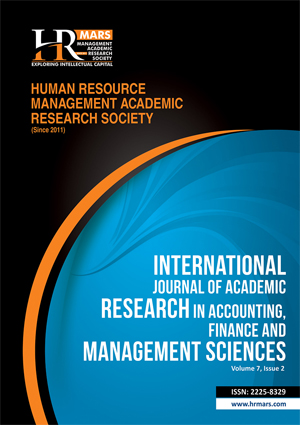
ISSN: 2225-8329
Open access
In the electric industry, electricity loads forecasting has become more and more important, because electricity demand quantity is a major determinant factor in electricity supply strategy. Furthermore, accurate regional electricity loads forecasting is one of the principal factors for the electric industry to improve the energy management performance. Recently, statistical methods and artificial intelligence have been developed for electricity loads forecasting. However, there are two drawbacks in the past electricity loads forecasting models: (1) conventional statistical methods, such as regression models are unable to deal with the nonlinear relationships well, because electricity loads forecasting are known to be the nonlinear relationships; and (2) artificial intelligence technologies (i.e., support vector machines (SVM) and convention artificial neural networks (ANNs)) do not take into account time series causality for regional electricity loads forecasting. Based on these reasons above, this study proposes a new electricity loads forecasting model, which incorporates one step-ahead concept into recurrent neural network (RNN) to build a hybrid RNN model. The time series method considered from RNN model, which can be fitted to time series electricity loads datasets, and the neural network in hybrid RNN model can deal with the nonlinear relationships. For evaluating electricity loads forecasting performance, six different electricity loads forecasting models (RSVMG, ANN, Regression, HEFST, ANFIS and AR(2)) are used as comparison models. The research results indicate that the proposed electricity loads forecasting model is superior to the listing comparison models in terms of mean absolute percentage errors (MAPE).
N/A
N/A
Copyright: © 2018 The Author(s)
Published by Human Resource Management Academic Research Society (www.hrmars.com)
This article is published under the Creative Commons Attribution (CC BY 4.0) license. Anyone may reproduce, distribute, translate and create derivative works of this article (for both commercial and non-commercial purposes), subject to full attribution to the original publication and authors. The full terms of this license may be seen at: http://creativecommons.org/licences/by/4.0/legalcode